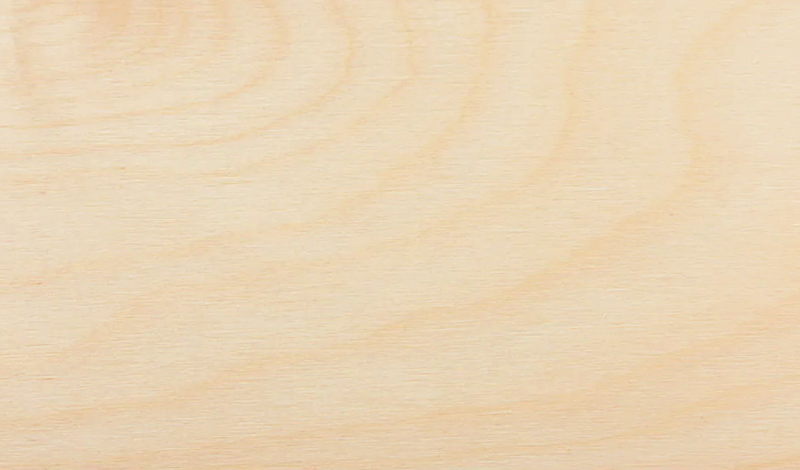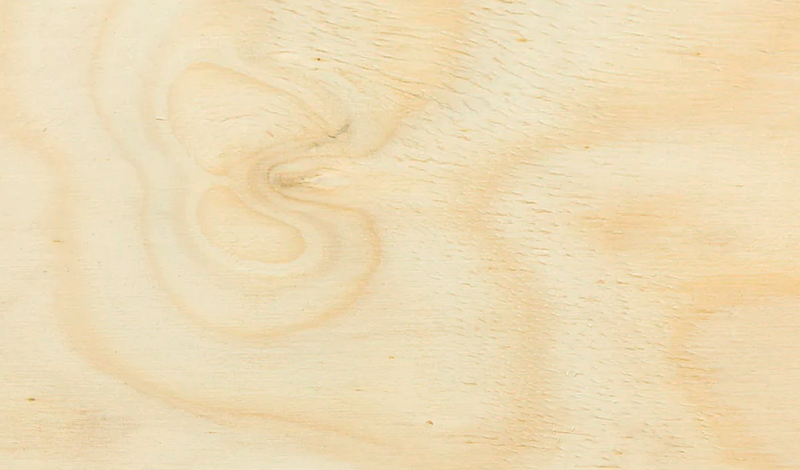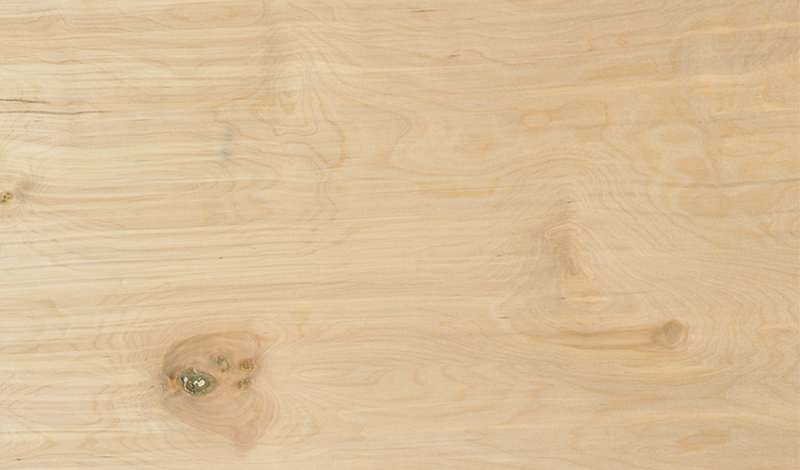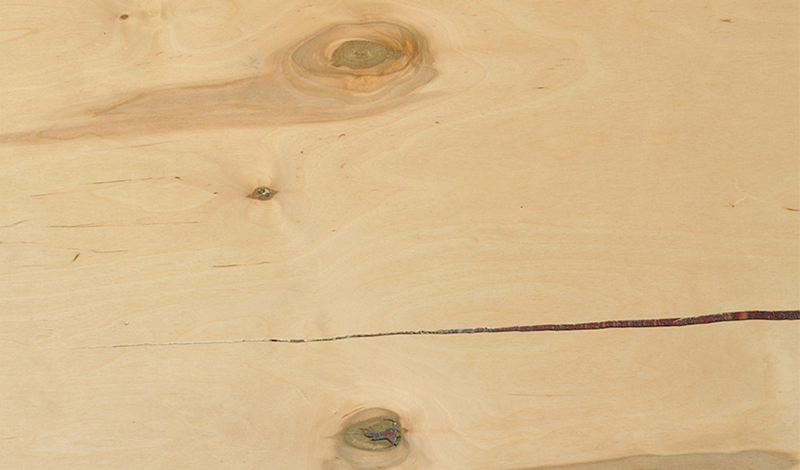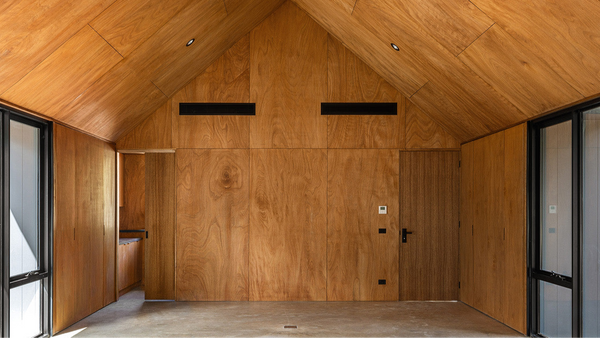Australian Plywood Grades Explained: A, B, C, D, and O
When it comes to selecting the right plywood for your project, understanding the different veneer grades is essential. Each grade—A, B, C, D, and O—serves specific purposes and meets distinct Australian or International Standards, ensuring optimal performance and suitability for various applications. Here's everything you need to know about these plywood grades.

